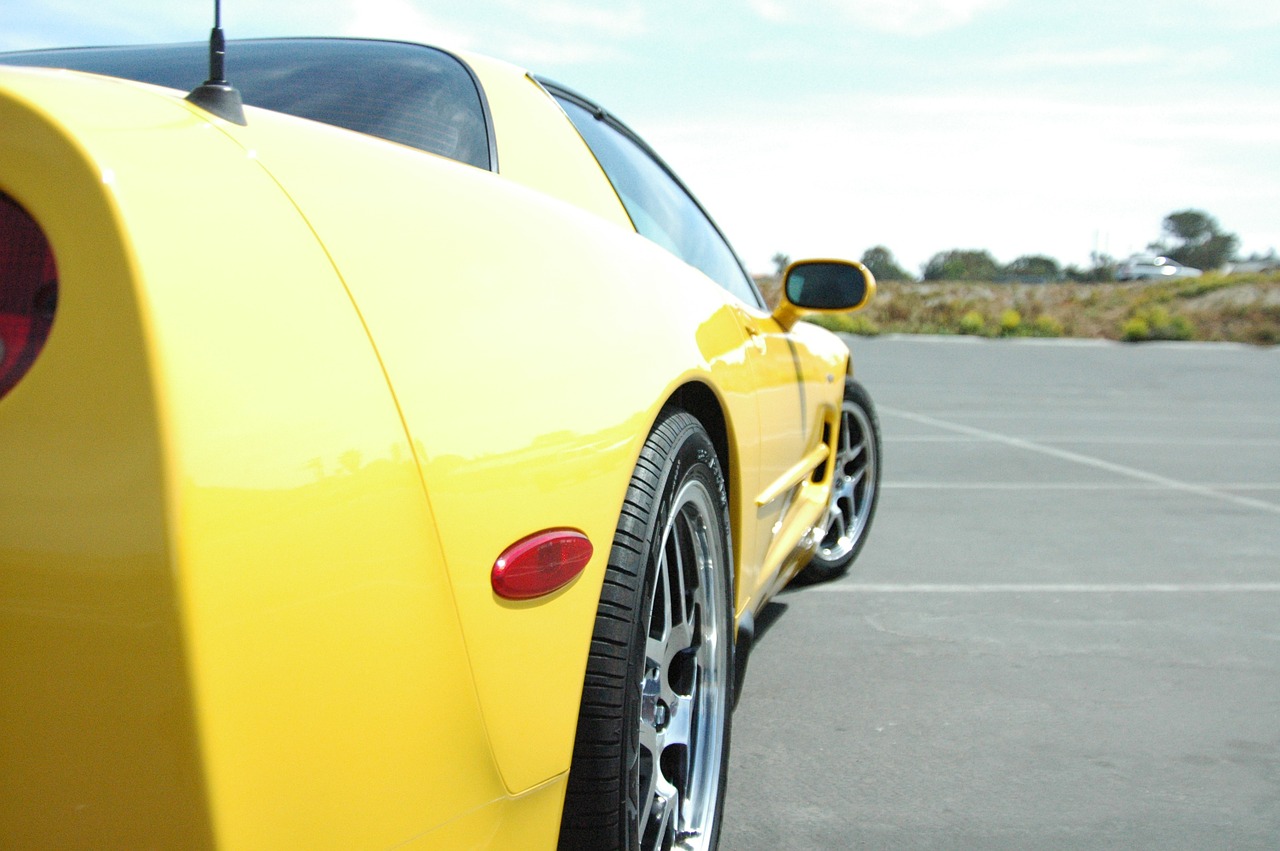Most people don’t understand the car buying process. Not only is it difficult to deal with sharp car salespeople, trade-in valuations, taxes, finance charges fees, extras and everything else can make the whole process completely unfathomable. As with other things that people find hard to understand, a number of urban legends have formed around the car buying process to help explain the way the system works. You shouldn’t buy into them. More often than not, they’ll get in your way. Here are a few things common myths you need to be careful of.

The idea that you should only buy a car on an unpleasant day
It’s been a popular urban legend for long — if it’s been raining or snowing for days, or if it’s the day after the local team has lost a major match, that’s when you should go shopping for a car. The supporters of this theory believe that car dealerships are likely to be empty on these days, and desperate for someone to walk in. If you go to buy then, you’ll have the upper hand. In truth, it works the other way. If you show up on a terrible day, it usually looks as if you are desperate to buy; the salespeople will think they can have their way with you
According to the experts at car sales at WBM of Arlington, there really are a few good times of the year to buy. You can time your purchase right after a new year’s model years announced for the car that you like; outgoing year models are likely to be discounted. Buying on the last three days of any month is a good idea, too — salespeople who are short of their quota are likely to be eager to sell something and catch up.
It is also a good idea to go out on a weekday; dealerships tend to be crowded on weekends, and not open to negotiating.
Finalize the deal first, and then spring the trade-in on the salesman
Many car buyers wonder if car dealerships jack up the prices of their cars the moment they hear that a customer has a trade-in. For this reason, they go in with the idea that they should pretend at first that they don’t have a trade-in, learn what the real price of the cars are, and then surprise the salesperson by declaring that there really is a trade-in.
Car salespeople are some of the sharpest sales professionals anywhere; this simplistic trick will usually not work. The Attorney General of Arizona suggests that you do your research online to learn what the best price going is for the new car that you’re looking for, check the prices of your trade-in, and then go in prepared.
The idea that you should be prepared to walk out
This piece of advice did make sense years ago, before the Internet. Now, though, you don’t simply walk into a dealership cold; rather, you deal with their Internet department first. It’s easy to do this. You do your homework at home by checking out the best prices available, email a couple of car dealerships, and hammer out a rough price online. Then, when you get to the dealership, you ask the receptionist there for their Internet department, speak to the person that you’ve been emailing, and then work out a deal with no high-pressure sales tactics. This approach will get a price that’s lower than the best price you’ll find going through the conventional salespeople at the same dealership. You don’t need to threaten to walk away. You don’t even need to speak to conventional salespeople anymore.
Leave a Reply